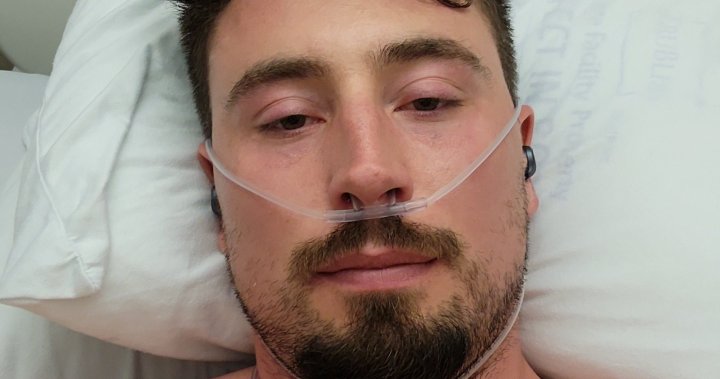
What causes long COVID? Canadian researchers think they’ve found a key clue
Global News
A new Canadian study has identified a potential key culprit causing so-called long COVID patients to continue experiencing breathing issues months after contracting COVID-19.
Olympic gold medallist Alex Kopacz may be used to being out of breath when pushing a bobsled, but last year after he was hospitalized for COVID-19, he experienced a very different kind of breathlessness.
He was put on oxygen for two months and experienced a number of other health setbacks in the months following his COVID-19 infection, including blood clots in his lungs and throughout his body.
“It was hard to breathe and pretty much it was just going to be a matter of time to see if my body was going to heal from it,” Kopacz said.
It took him almost four months before he was back on his feet and breathing normally again. But without even an official diagnosis of so-called long COVID, the then-31-year-old didn’t have answers about what was happening to him.
That’s how he became involved in a new Canadian research trial looking at patients suffering from post-COVID syndrome — a study that has identified a potential key culprit causing some people to continue experiencing breathing issues months after contracting COVID-19.
A team of researchers based at five centres across Ontario have zeroed in on a microscopic abnormality in the way oxygen moves from the lungs and into the blood vessels of long COVID patients in their trial.
This abnormality could explain why these patients feel breathless and are unable to perform strenuous activities, says lead researcher Grace Parraga, Tier 1 Canada research chair in lung imaging at Western University’s Schulich School of Medicine & Dentistry.
“Those feelings of breathlessness are completely consistent with our finding that we’re not moving the oxygen as efficiently as we should,” she said.













